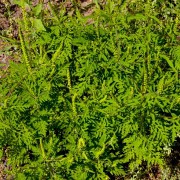 Photo: Getty Images
Photo: Getty Images
Many people with sinus allergies or “hay fever” know that their allergy symptoms will be worse during the times of year when their allergens are producing pollen. Approximately 35 million people in the United States are allergic to pollen.
Pollen is a fine powder that is part of the reproductive process of many plants. It can be released into the air by trees, weeds, or grasses. When this pollen is carried to another of the same kind of plant, it can be deposited to complete the process of fertilizing the next generation of seeds. This process is called pollination.
Pollination usually takes place one of two ways. Brightly colored flowers and flowers with sweet scents attract bees and other insects that carry the pollen from one plant to another. This pollen is not likely to cause an allergy. Other plants such as grasses, trees, and flowers that are not as colorful often release their pollen into the air so the wind can carry it to another plant. This is the pollen that is most likely to cause hay fever.
Scientists track the amount of pollen in the air each day by measuring the number of grains of a specific pollen that are found in a certain amount of air. The result is the pollen count for that plant for that day and location. Most pollen counts measure the amount of pollen in one cubic meter of air during a 24 hour period.
If you know which plant pollens you are allergic to, knowing the pollen count can help you limit your allergy symptoms. Up to 75 percent of all hay fever is caused by pollen from the ragweed plant. Ragweed pollinates primarily during the late summer and fall, so many people find that their allergies are worse during this time of year. Other common pollination times include:
• Winter & Spring – Many trees pollinate in late winter and spring. Trees that cause allergy symptoms include ash, beech, birch, cedar, cottonwood, box, elder, elm, hickory, maple, and oak.
• Spring & Summer – Grasses that typically pollinate during spring and summer include Kentucky bluegrass, Timothy, Johnson, Bermuda, redtop, orchard, rye, and sweet vernal.
Weather conditions can affect the pollen count. Most pollen is released early in the morning, so pollen counts near plants are high at that time of day. Pollen spreads more on warm, dry, and breezy days. Chilly or wet weather can result in lower pollen counts.
If you are allergic to pollinating plants, you can help reduce your allergy symptoms by staying inside during days and times when the pollen count in your area is highest. The National Allergy Bureau tracks pollen counts around the country. You can also check the allergy forecast in your area on pollen.com.
Sources:
Asthma and Allergy Foundation of America
National Allergy Bureau
American Academy of Allergy Asthma & Immunology
Pollen.com
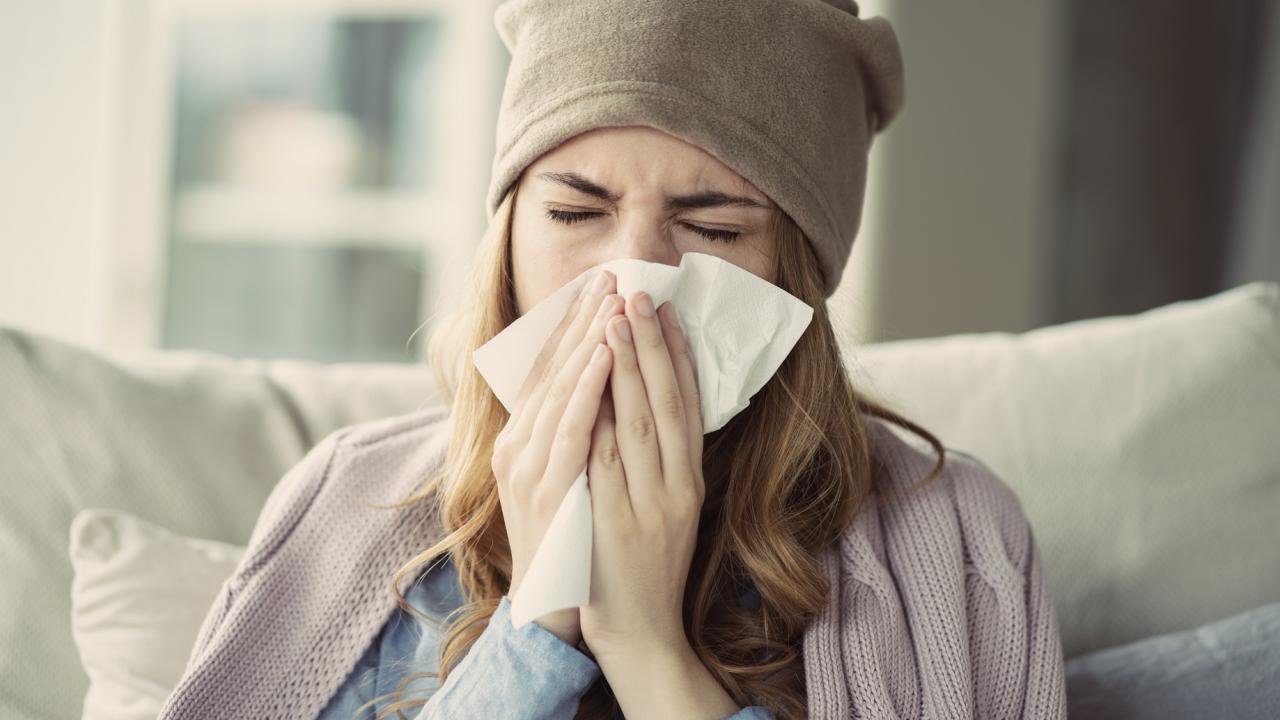
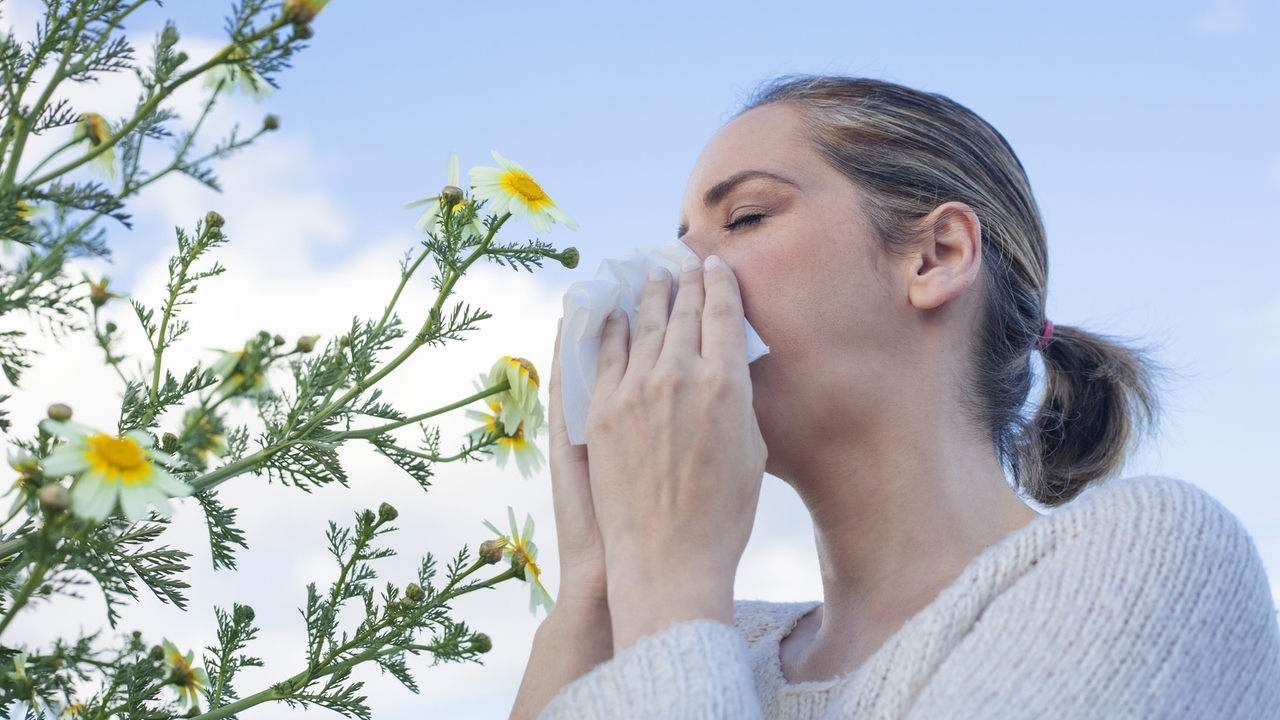
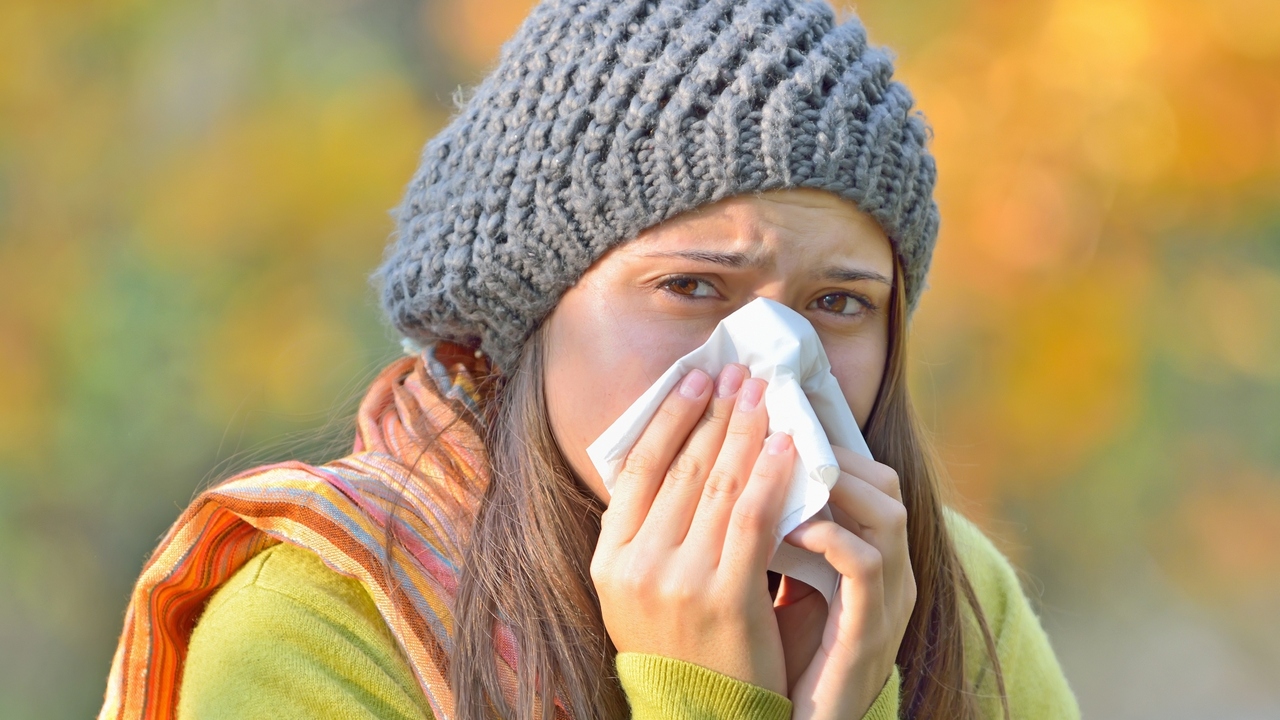
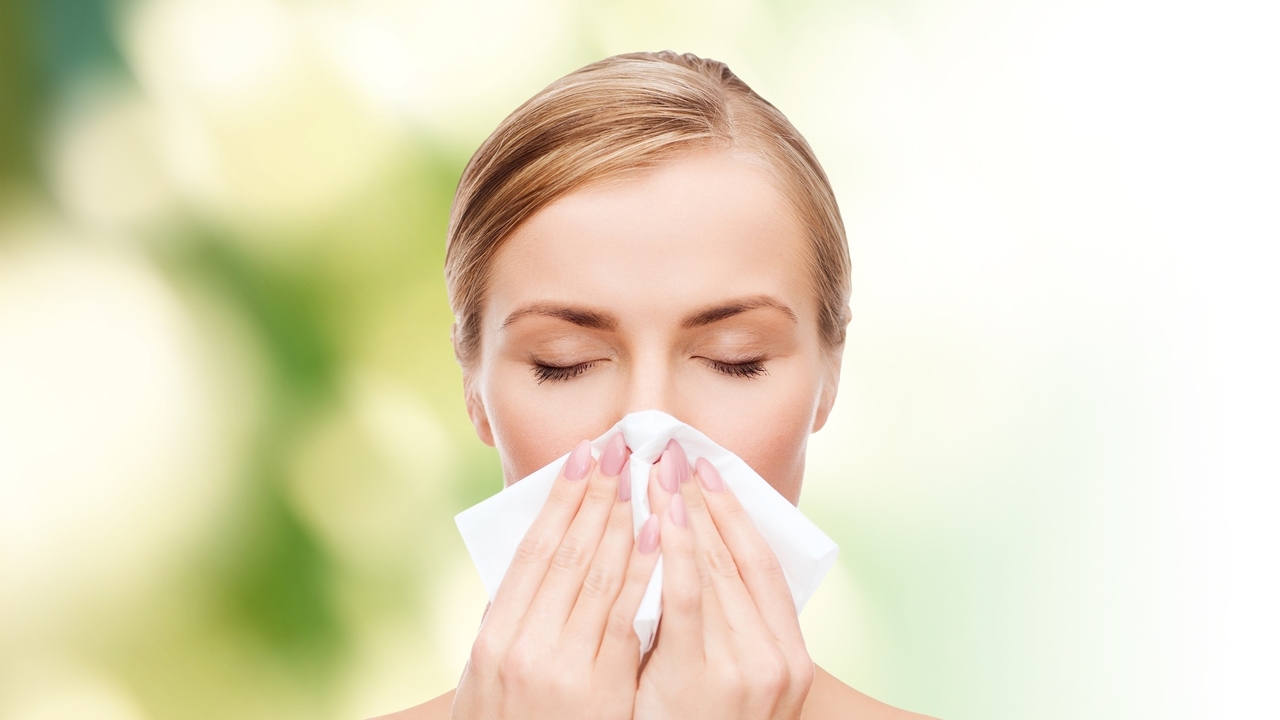

Add a CommentComments
There are no comments yet. Be the first one and get the conversation started!